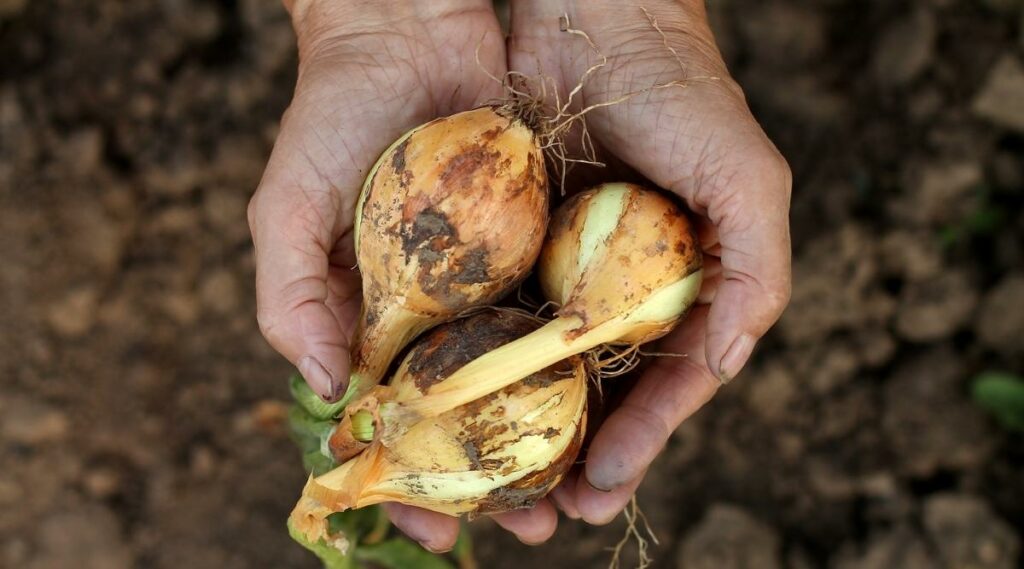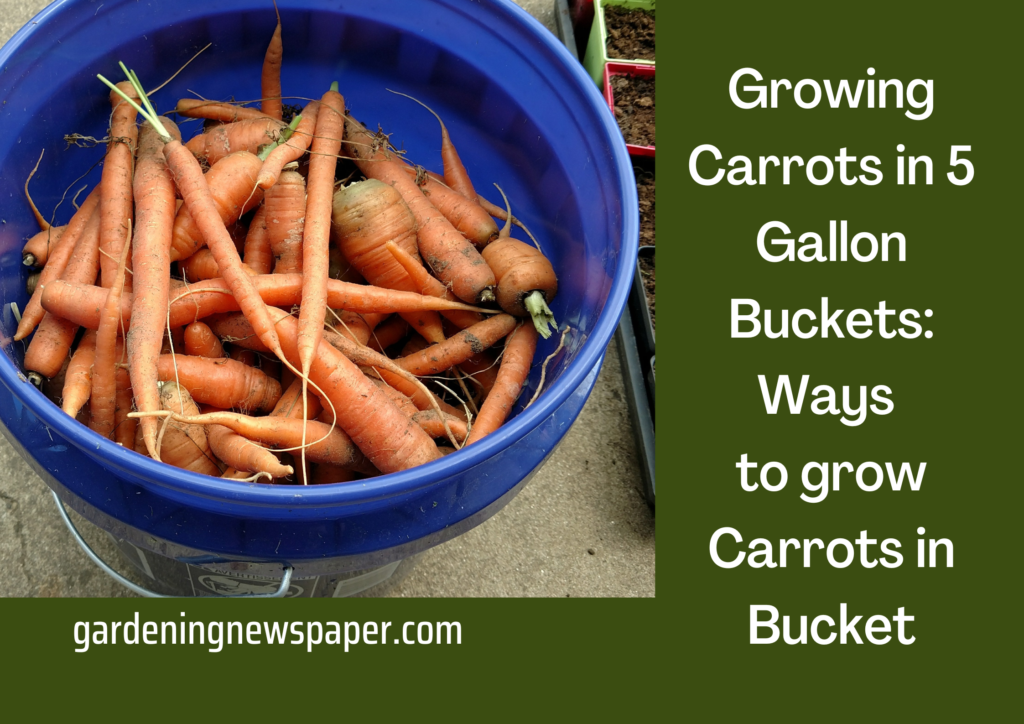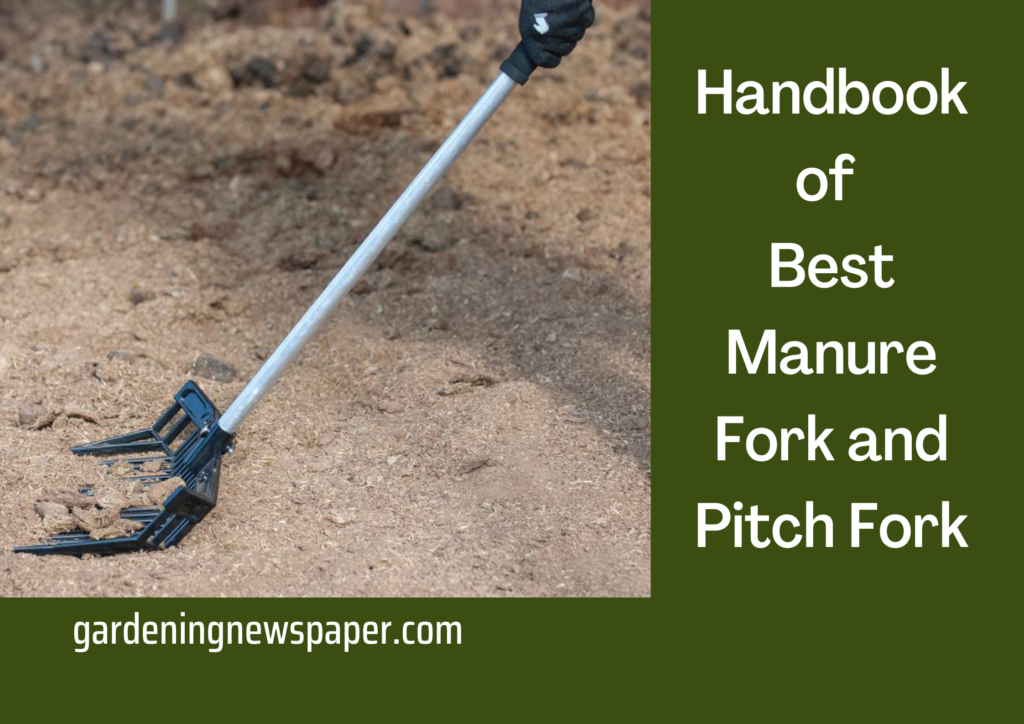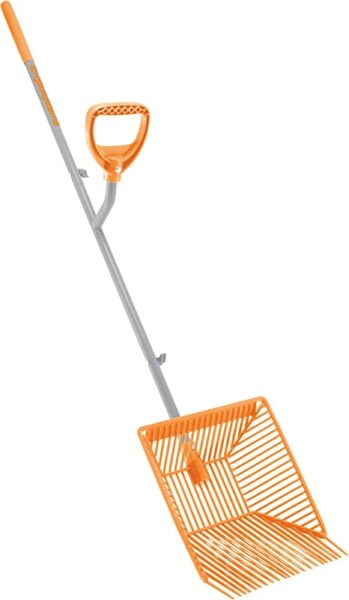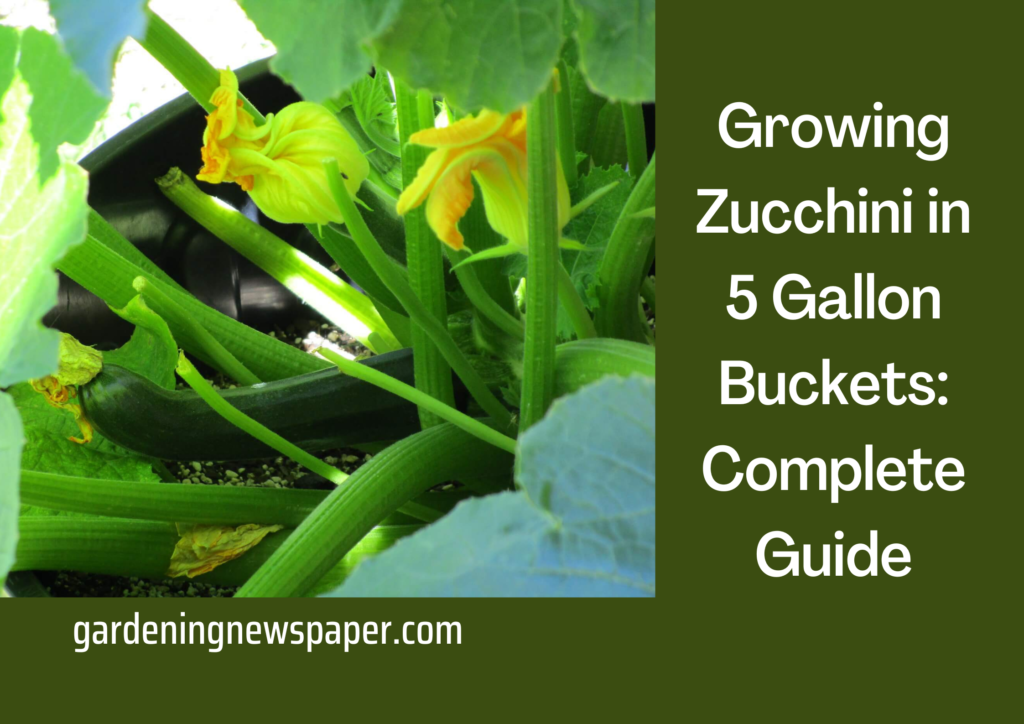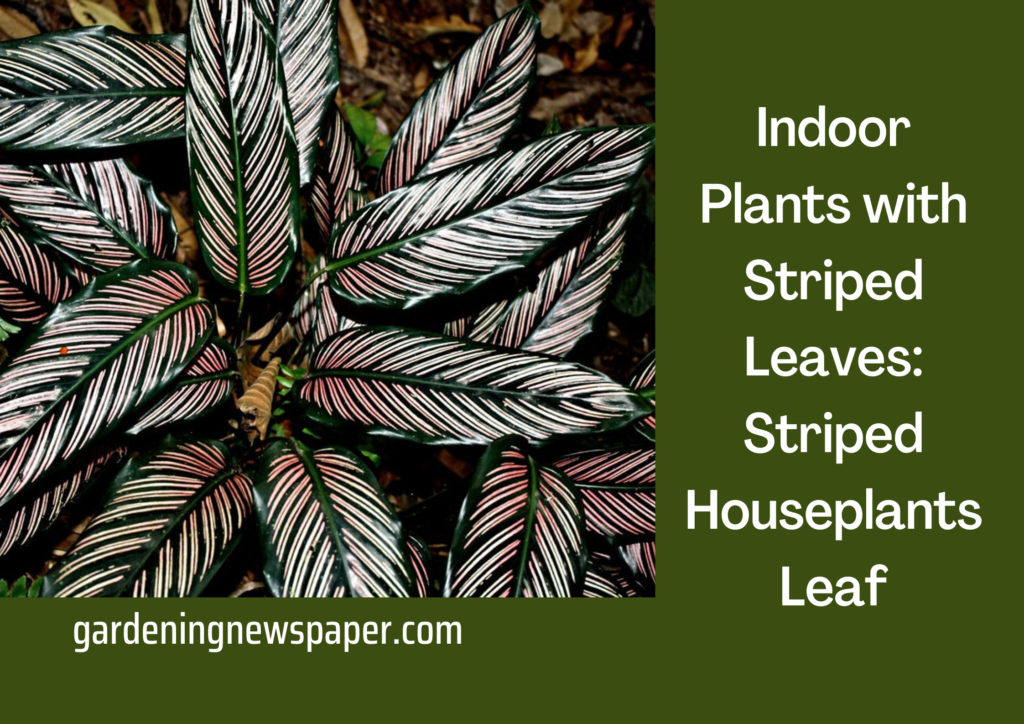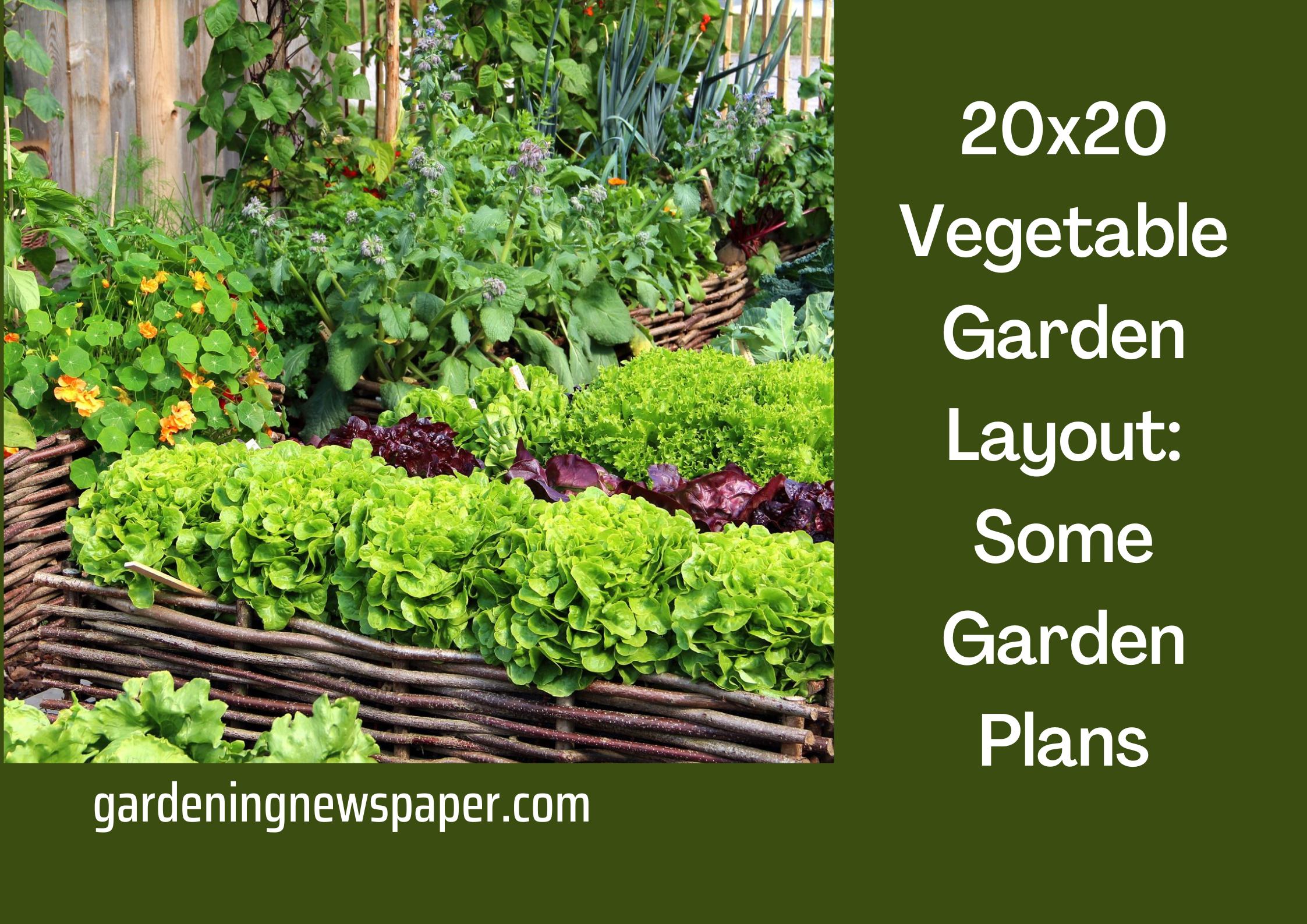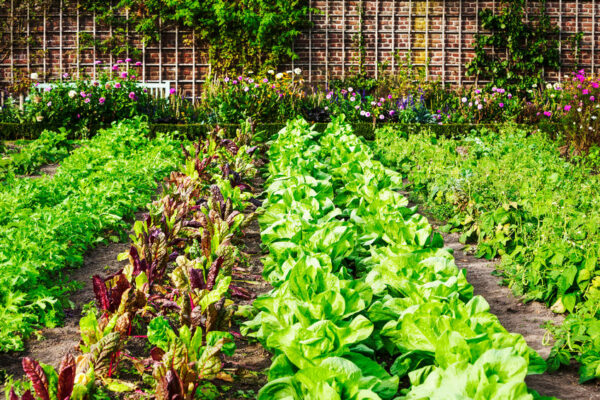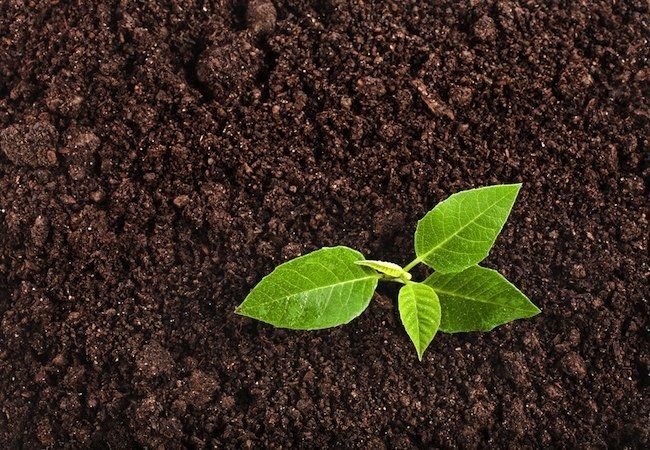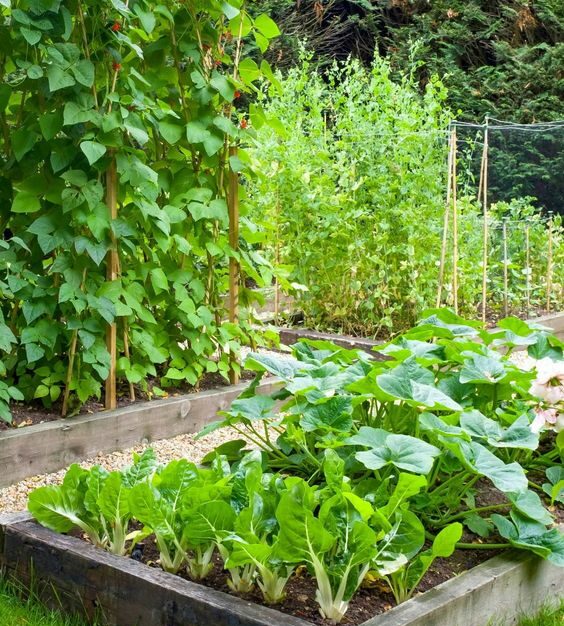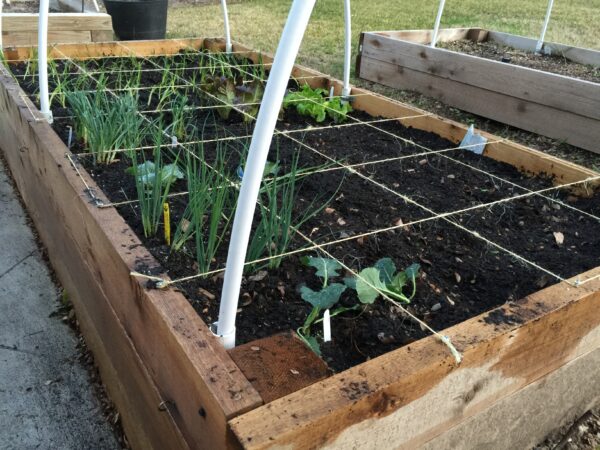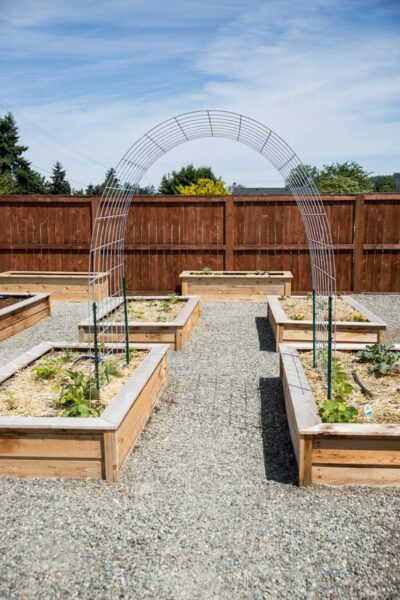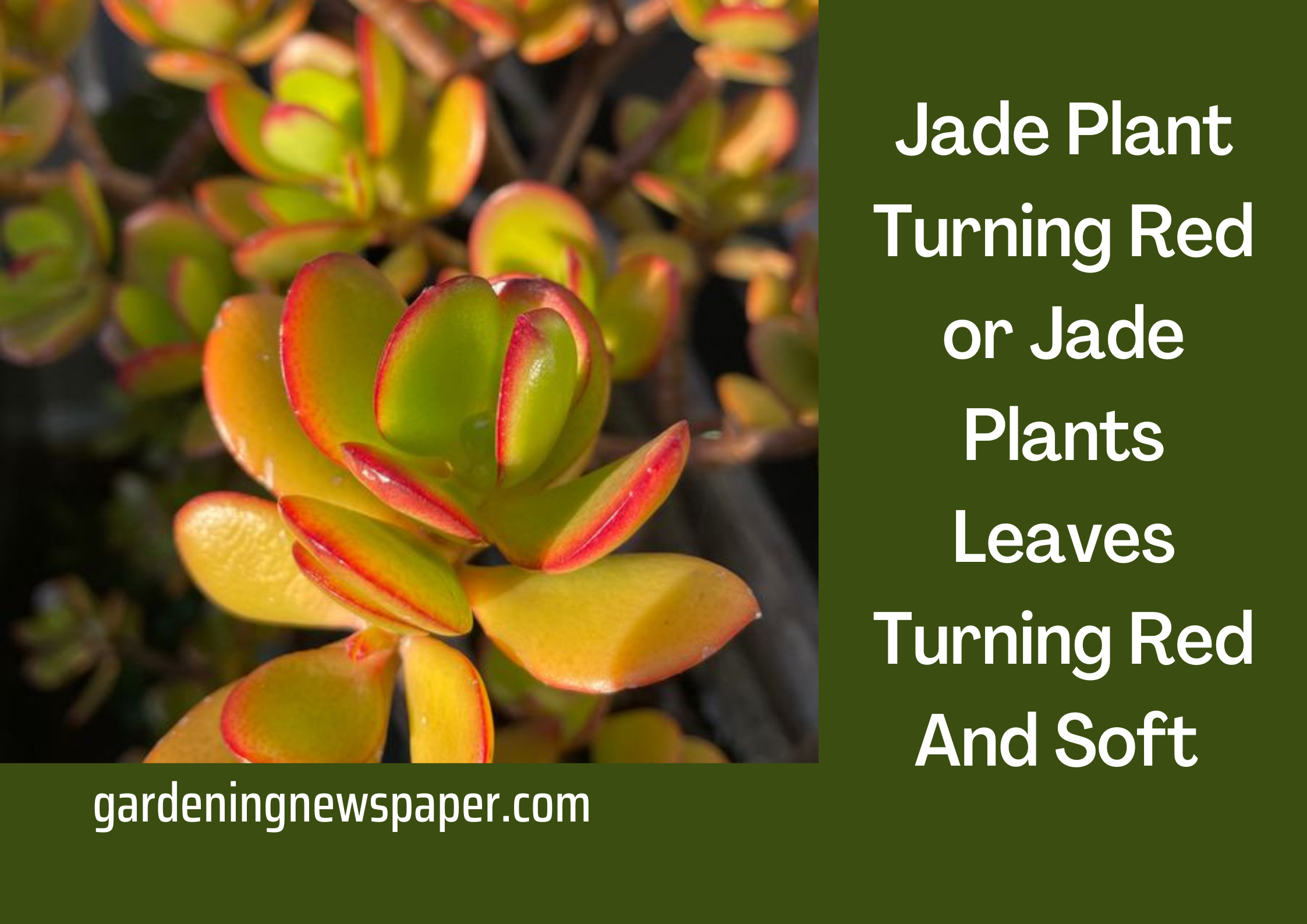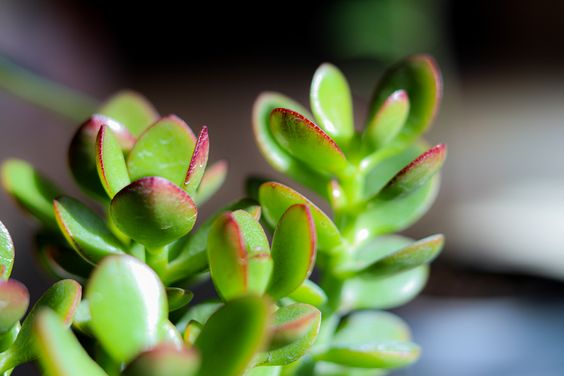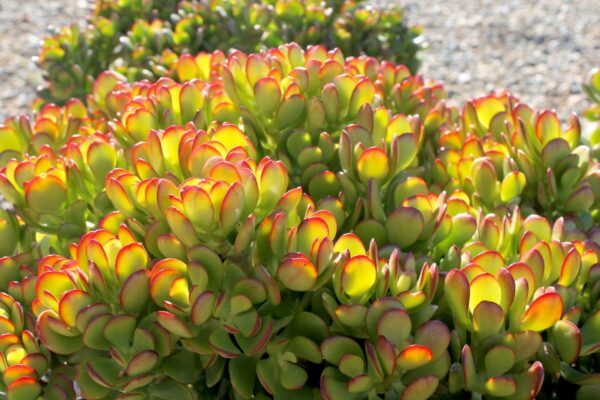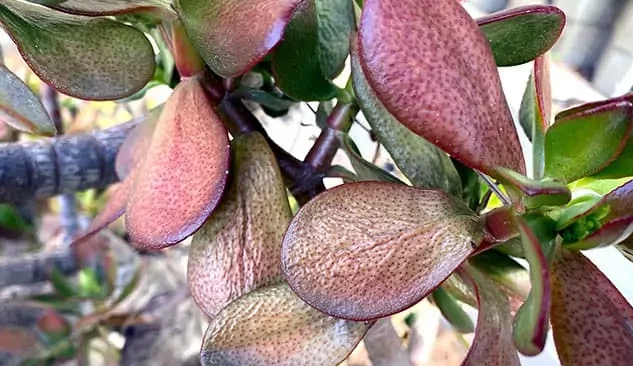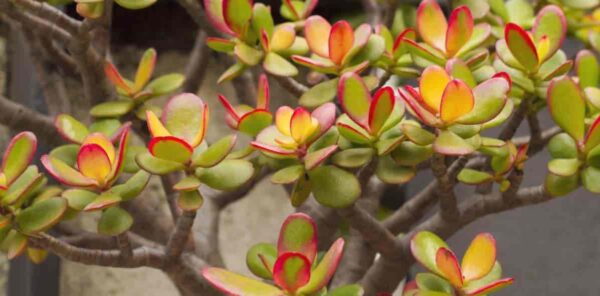What temperature is frost for plants?
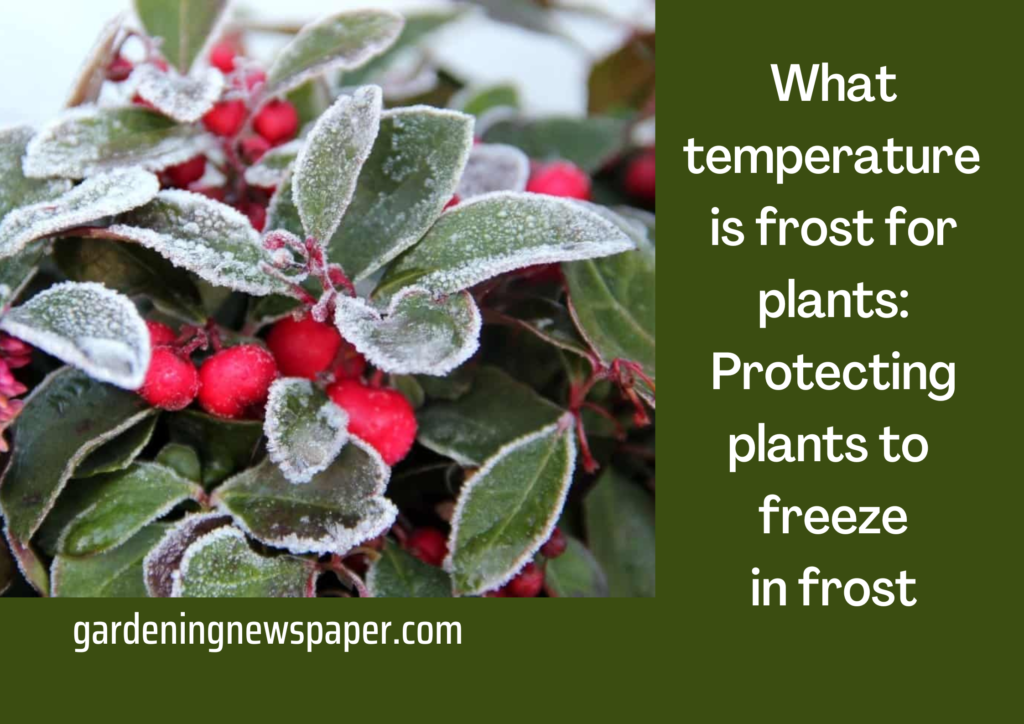
“FROST” is predominantly ice crystals that develop when ice crystals form on the outside of your plant. It forms when the moistness in the air and converted to ice without first becoming mist.
In our middle school these phenomena of gaseous interconverting into solid or ice crystals without becoming liquid. Some factors are noteworthy for evolving it.
Firstly, the temperature of the atmosphere has to fall between 36- and 32 degrees Fahrenheit. The moisture of the air converts into ice crystals, so there has to be a little breezy. It usually occurs on clear nights.
Our hardiest and coldest plants can withstand frost without the help of a gardener as they are natural health survival. Most of the sensitive plants, valuable summer produce vegetables such as tomatoes, peppers, and squash, can thrive at this temperature with the help of a gardener.
To shield your outdoor plants from cold temperatures while gardening, learning to anticipate when requirements for frost strike the area and what safeguards to take is useful.
How to Protect Them from Frost and Avoid the Freeze?
1. The potted plant should be kept inside at room temperature.
When it is in the forecast or you predict frost, at dusk you have to move your potted plants and hanging baskets indoors.
Plants in pots are more in danger or susceptible to harm because they aren’t benefited from the insulating capacities of the ground soil like in-ground plants are.
Roots of potted plants are exposed to colder temperature and at that temperature frost occurs. Although they have threats, extreme survival of these plants saves them.
Gardeners have to choose a place that isn’t too warm because sudden shifts in temperature can shock plants. A place in your garage shed or cellar can be used as a shelter for plants.
Examine plants thoroughly for pests and diseases before fetching them inside your home. Keep plants separated from your houseplants to discourage the potential spread of insects.
Once the threat of frost has passed from the air, transport all plants back outside first thing in the morning.

2. Shield them with coverings like plant frost cloth.
To protect a larger group of plants, simply wrap them with coverings like bed sheets, towels, or drop cloths.
Before applying the plant frost cloth, place some stakes around the plant so that the plant is in warm weather. Let the material drape over the plants to the mud line. Do not tie around the stem or stem of the plant.
Tie them together to prevent heat from the earth from reaching your plants. For even more resistance, consider adding a final layer of plastic.
No part of the plastic cover should come into contact with plant vegetation, as plastic can interfere with plants.
Weigh down the corners and boundaries with heavy stones or bricks to prevent the coverings from blowing away in the night. The next day the first task of the gardener should remove the covers of plants.

3. Watering them in the afternoon
It appears counterintuitive because it can hold the soil moist can aid protect plants from freezing weather.
Damp soil has an insulating result, which emits warmth upward come nightfall.
If you water your plants before the cold wind blows, do so at the meridian, when the temperature is still slightly warm.
4. Adding a dense layer of mulch
When it’s freezing, you should add a layer of mulch to your garden beds. It will help shield the soil from impulsive swings in temperature.
- Utilize straw, wood chips, dry leaves, or precisely just a heap of leaves. It provides necessary insulation for the plant’s root system below ground.
- Heavy mulch 3 to 6 inches deep to create a good barrier.
- Leave one or two openings around the central stem to allow heat from the soil to reach the plants.
- Mulching your green beds is one of the best things you can do to keep them low maintenance. But be sure to remove some of the defensive mulch when the weather warms up.

5. Soil perfect to use as frost resistant
The kind of soil your garden is thriving in also influences the quantity of dampness it maintains. Profound, loose, heavy, productive soil discharges more moisture into the air than sandy, nutrient-poor soil.
The more humid the air is, the better elevated the moisture point will be, and less frost can form on those plants. The mulched plants are more likely to become frosted since the mulch holds moisture and heat released from the soil and heats up the surrounding air.
6. Comprehend the behavior of plants in garden.
The plant itself defines its probability of harm. Immature plants or those still growing are most susceptible. Especially the new growth plants are in danger. The toleration against frost tends to be more elevated in the plants with deep maroon leaves and such leaves can absorb and controls heat.
Soft-leaf plants also can retain their warmness. Hardy or frost-resistant plants expose less portion of their leaves to chilling and drying winds.
In what temperatures frost can damage a plant?
Plants can endure a huge variety of temperature ranges, however, there are particular threshold temperatures that should be met earlier than they may develop and flourish. Frost is the maximum not unusual place form of plant harm that takes place at temperatures below 32 stages Fahrenheit.
Plants will develop naturally withinside the low-temperature sector as much as 32 stages Fahrenheit, however, beneath this temperature it can also arise on stems or leaves in bloodless climates.
Should you cowl flora at 39 stages? Are forty stages too bloodless for flowers?
When plants are exposed to frost, the temperature can damage the plant completely. The damage can deviate from browning leaves and drying out the plant to killing the tender plants completely.
- Understanding how to inform in case your plant has hoar destroyed is essential if you want to keep away from unnecessary waste of time and money.
- The leaves may be brown and there may be masses of lifeless or loss of life leaves in addition to stems.
- The plant could have a great yellowing or browning color. If you detect those symptoms, they perhaps had been killed because of frost.
- For interior plants, it’s an exceptional test of the leaves for frost harm inside. To do this, you need to use your arms softly to push down at the pinnacle of the leaves and experience any raised regions or bumps. For a door plant, it’s simpler to look if the leaves are frosted.
To do this, sincerely have a take a monitor how a whole lot of water you spot popping out of in which stems meet leaves.
Here are a few florae that need not be blanketed with the aid of using frost protection:

Frost is an herbal phenomenon that takes place all through wintry weather. Rhododendron, Petunias, and snapdragons are some frost-resistant varieties.
It generally determines flora due to low temperatures. Its injures flora, which may be devastating to the general fitness of the tender plants.
Some people suppose that if they spray water on the frosty leaves, they may clean the frost and kill it.
Nonetheless, that is a wrong practice and can even induce extra troubles than it solves.
Frost is a form of ice that administrators and accumulates on flora and shrubs all through the bloodless wintry weather months.
More frequently than now that no longer, it’s now simply the leaves of plants that get frosted, however, the flowers, stems, trunks, or maybe the roots.
Key Takeaways
Climate change induces several differences in the physical conditions, such as plants and leaves. The natural environment and local climate extremes influence flowers and plants. The anticipated growth in frost events drives sense in plant replica and plant structure vegetation.
Plant life’s ability to avoid frost is dependent on the timing of its development and reproduction on the same hand for survival gardening, off-grid method is also useful.
In this article, we have evaluated the impact of frosts on plants and flowers, how the frost is damaging the roots, and tips on how to protect them from frost.
After that, we have to predict frost occurrence to take standards to save plants. The prediction of hoar frost events comprises a complicated decision study that employs conditional possibility and economists.

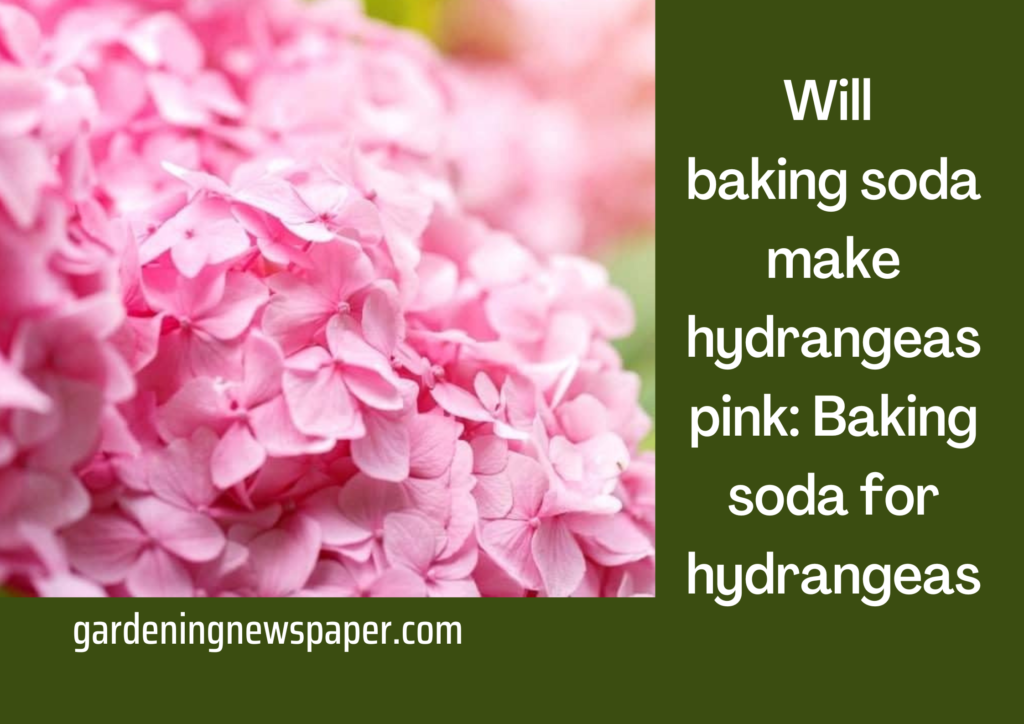




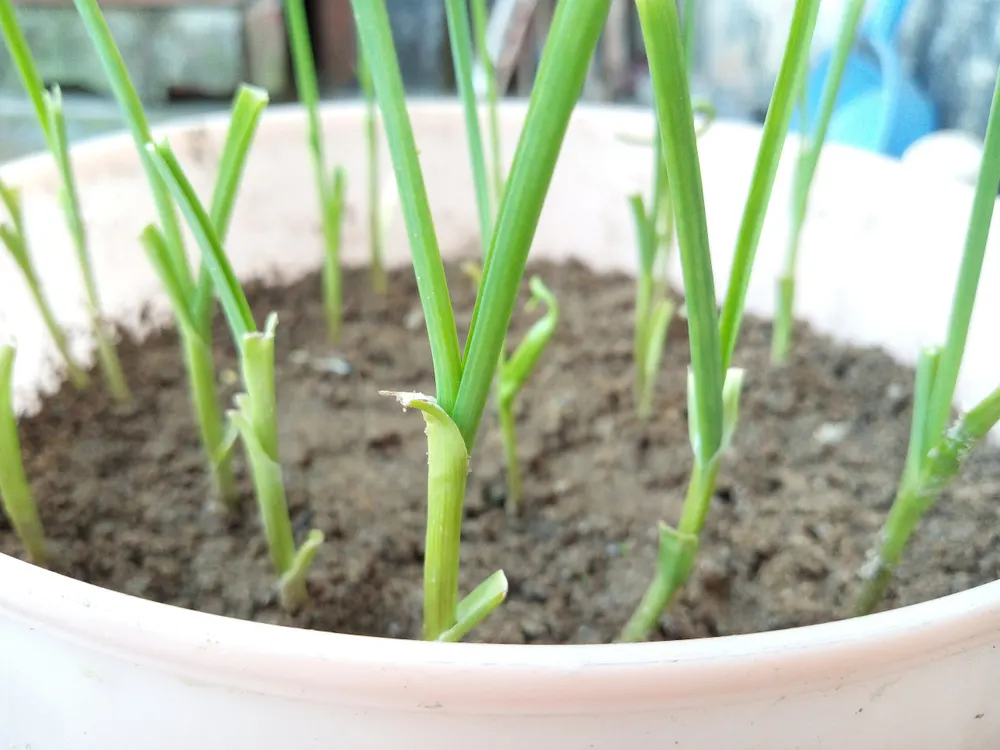
 Proper watering
Proper watering
